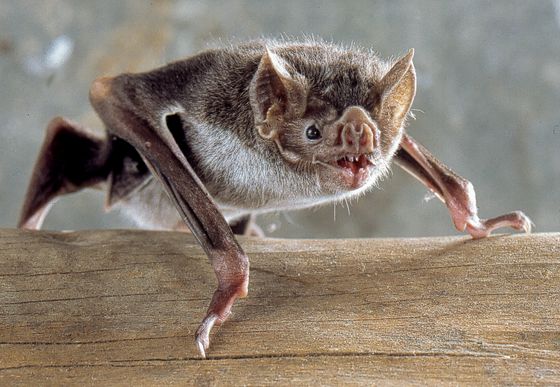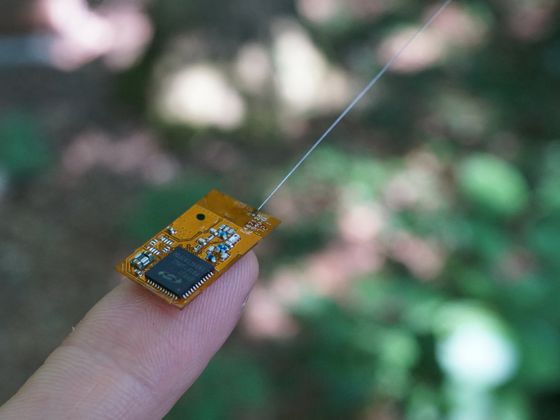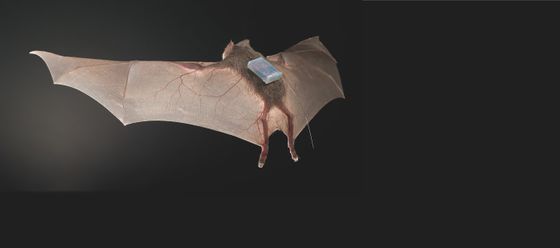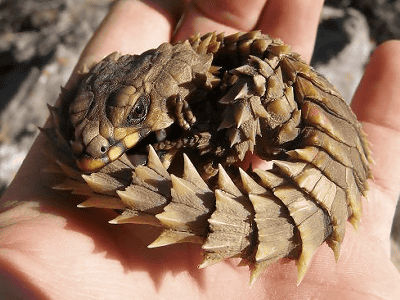Vampire bats cultivate friendships and make best friends by sharing blood with friends

By
Known as vampire bats vampire bats has been known to share the blood obtained by the blood-sucking with their peers. Research results have been announced that if the Japanese bats continue to share blood with peers of the same sex, a “bond” will be created and they will act together.
Vampire Bats that Cooperate in the Lab Maintain Their Social Networks in the Wild: Current Biology
https://www.cell.com/current-biology/fulltext/S0960-9822(19)31364-8
Vampire Bats Form Bloody Bonds Of 'Friendship': NPR
https://www.npr.org/2019/10/31/774358215/for-these-vampires-a-shared-blood-meal-lets-friendship-take-flight
Japanese bats are known in the English-speaking world as “Vampire Bats”, but they don't kill prey by sucking blood. The main target of Japanese bats is large livestock such as pigs, horses and cattle. The target skin is torn with a sharp incisor, and the tongue is put into the wound to ingest blood.

The characteristic of a Japanese bat is that it shares food blood with friends. It is a common phenomenon in nature that mothers feed their children, but bats share blood not only between mothers and children but also with unrelated friends. When you divide blood into friends, exhale blood that has already been swallowed up and give it away.
The

A team of researchers from Germany, the United States, and Panama captured 23 female female bats from the wild and raised them in the laboratory for 2 years for observation. Over time, the frequency of grooming and blood sharing between the captured Japanese bats increased.
A research team wondering whether this `` bond '' between the Japanese bats is only temporary while being bred in the laboratory, whether the friendship will continue by returning the bats to the wild I investigated. The research team said that the Japanese bats were captured and bred for two years, and the wild-type female bats as a

By Simon Ripperger
It looks like this when the sensor is attached to the back of a Japanese bat. The sensor weighs less than 2.5g.

By Simon Ripperger
This sensor does not know the current position of the Japanese bats, but only measures the 'distance' between the bats. When the sensory attached bats approach each other to share hair repair and blood, a record remains.
As a result of the investigation, it was found that the Japanese bats that were bred in the laboratory for two years and born of “bonds” continue to act together even if they return to the wild. Gerald Carter, who participated in this study, said, “The relationship between the Japanese bats does not depend on the environment. The results of this survey are the ecology of the Japanese bats that have not been known so far, and are interesting for us. It was a comment. '
As a next theme, the research team will install a sensor on the cow that is the target of blood sucking by the Japanese bats, and will investigate whether `` wounds made for blood sucking may be shared between male bats '' That is.
Related Posts:
in Creature, Posted by darkhorse_log







